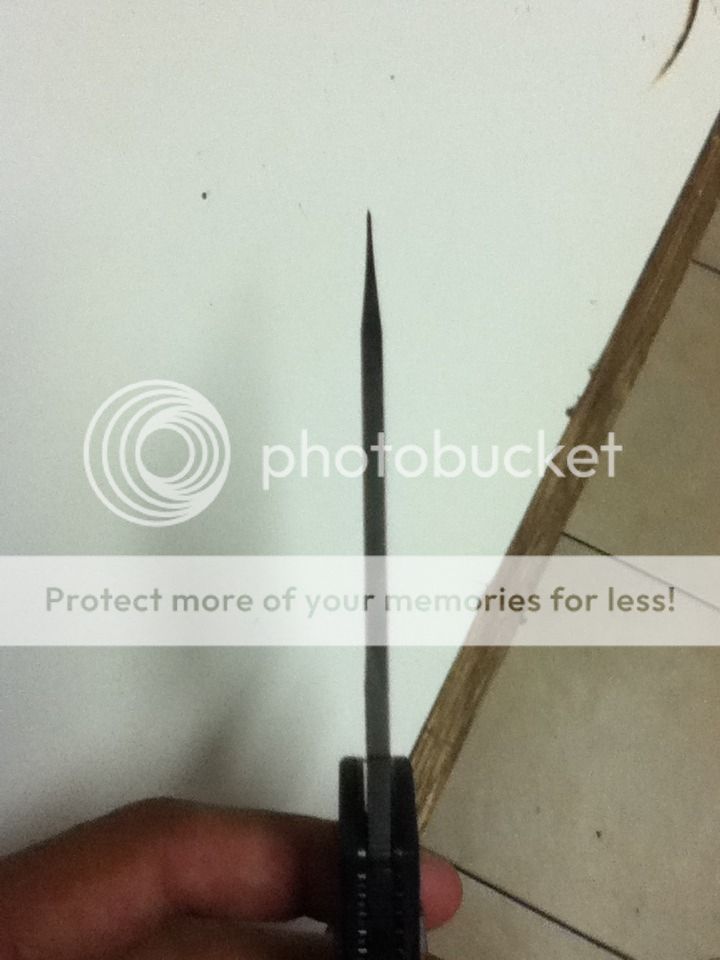Let me share a quick story. I bought a Manix 2 in s30v around 2 months ago. I love the knife and have been carrying it everywhere. I would sit it next to my laptop whenever I would peruse the internet, just to have something to fiddle with. I would sometimes set it next to the heat-discharge-fan-port thing on the side of my laptop, because I loved the feeling of gripping the knife when it was nice and warm from the heat that my laptop kicked off. One day im just screwing around and (knowingly) abusing the knife. It holds up fine through some batoning in sub zero weather, and as I go to take a break I stick the tip in a near frozen log. When I looked at the knife later, about 3-4 mm of the tip had bent over at about a 25 degree angle. I was amazed that s30v would bend that much, especially in freezing cold weather. Long story short when going to bend it back the tip snapped off and I ended up having to regrind the tip, no biggie though  I still love my manix to death and it was in no way the manufacturers fault. My question is, could the reason that it initially bent instead of snapping be because it being heated up by my laptop effected the heat treat? How hot can a knife get before it is affected? Thanks, I look forward to your opinions
I still love my manix to death and it was in no way the manufacturers fault. My question is, could the reason that it initially bent instead of snapping be because it being heated up by my laptop effected the heat treat? How hot can a knife get before it is affected? Thanks, I look forward to your opinions 
- Jacob
- Jacob

